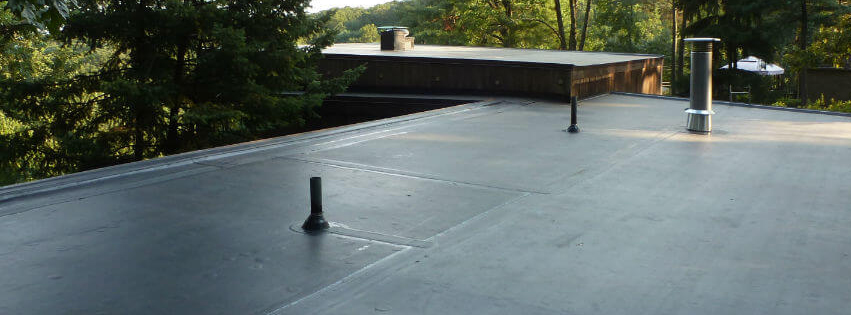Welcome to our blog dedicated to exploring the significance of flat roof ventilation in Burnaby, British Columbia. While flat roofs offer numerous advantages, they also come with unique challenges, particularly regarding ventilation. In this article, we'll delve into why proper ventilation is crucial for flat roofs in Burnaby's climate and discuss effective ventilation solutions to maintain the integrity of your roof and property.
The Importance of Ventilation for Flat Roofs: Flat roofs are prevalent in Burnaby due to their modern aesthetics and space-saving design. However, without adequate ventilation, they can become vulnerable to various issues such as moisture buildup, mold growth, and premature deterioration. Burnaby's climate, characterized by rainy winters and warm summers, exacerbates these problems, making proper ventilation indispensable.
Challenges of Poor Ventilation:
- Moisture Accumulation: In regions like Burnaby, where precipitation is frequent, moisture can easily accumulate on flat roofs. Without proper ventilation, this moisture becomes trapped, leading to rot, mold, and structural damage over time.
- Temperature Regulation: Flat roofs can absorb a significant amount of heat during sunny days, causing the interior temperature to rise. Inadequate ventilation exacerbates this issue, making it challenging to maintain a comfortable indoor environment and increasing energy costs.
- Roof Membrane Damage: Excessive heat and moisture can accelerate the deterioration of roofing materials, including the membrane. This not only compromises the roof's integrity but also shortens its lifespan, necessitating costly repairs or replacements.
Effective Ventilation Solutions:
- Passive Ventilation: Passive ventilation systems utilize natural airflow to regulate temperature and moisture levels. This can be achieved through strategically placed vents, such as soffit vents and ridge vents, allowing hot air to escape and fresh air to enter, promoting air circulation and reducing the risk of moisture buildup.
- Mechanical Ventilation: In cases where passive ventilation alone may not suffice, mechanical ventilation systems, such as exhaust fans or roof-mounted turbines, can be installed to enhance airflow. These systems are particularly beneficial during periods of low natural ventilation, ensuring continuous air exchange to mitigate moisture-related issues.
- Insulation: Proper insulation is essential for maintaining consistent temperatures and reducing heat transfer between the interior and exterior of the building. By installing insulation boards or spray foam insulation beneath the roof membrane, homeowners can minimize heat gain and loss, improving energy efficiency and comfort.
In Burnaby, BC, where flat roofs are prevalent, ensuring adequate ventilation is essential to safeguarding the structural integrity and longevity of buildings. By addressing the challenges associated with poor ventilation and implementing effective solutions such as passive or mechanical ventilation systems, residents can mitigate moisture-related issues, regulate indoor temperatures, and prolong the lifespan of their roofs. Whether through natural airflow or mechanical interventions, prioritizing flat roof ventilation is a wise investment for property owners seeking to protect their assets and enhance occupant comfort in Burnaby's dynamic climate.

